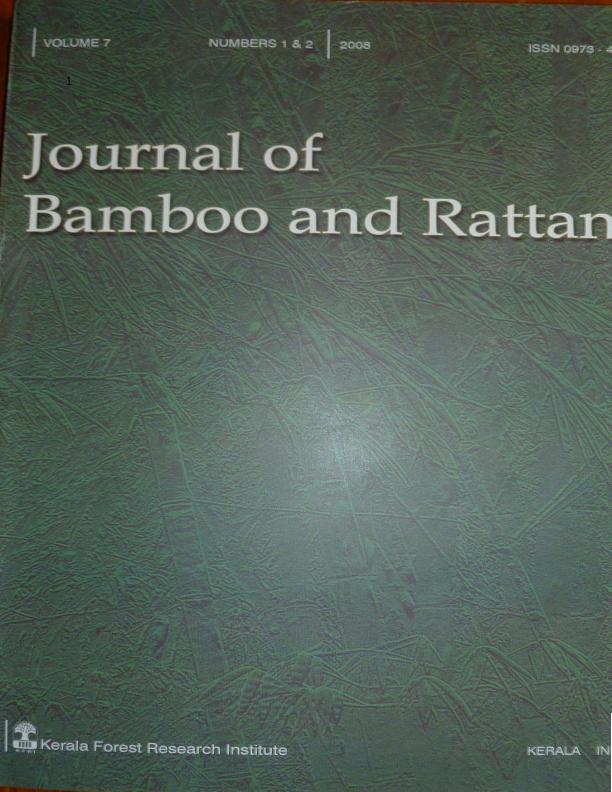Artículo
Anatomical traits of woody bamboos useful for taxonomic identification: a case of study in neotropical species
Fecha de publicación:
12/2008
Editorial:
Kerala Forest Research Institute
Revista:
Journal of Bamboo and Rattan
ISSN:
0973-4449
Idioma:
Inglés
Tipo de recurso:
Artículo publicado
Clasificación temática:
Resumen
Bamboos are perennial monocarps with long flowering intervals. To use floral morphology for species identification is difficult, because floral material is not always available. Anatomical characters may be used instead of floral traits for plant identification. However, in America there are few anatomical studies on woody bamboos species. Anatomical studies on two native Neotropical bamboo species were made and unique traits of each species that can be used to help in their classification are presented. A complete description and comparative analysis of the anatomical characters of leaf, culm and root for Chusquea ramosissima and Chusquea tenella are presented. Both species shared common characteristics to other members of Bambusoideae such as equal shape and position of silica cell in the leaf epidermis, presence of epidermal appendages, amphistomatic leaves and structure of culm vascular bundles. Both species exhibited differences such as semi-massive culms, unique spatial structure of metaxylem vessels in the roots and abundant papillae in epidermal cells of C. tenella, or in C. ramosissima second and third order leaf’s vascular bundles and pericycle with more than five rows of cells
Palabras clave:
Atlantic Forest
,
Bamboo
,
Chusquea Ramosissima
,
Chusquea Tenella
Archivos asociados
Licencia
Identificadores
Colecciones
Articulos(CCT - NOA SUR)
Articulos de CTRO.CIENTIFICO TECNOL.CONICET - NOA SUR
Articulos de CTRO.CIENTIFICO TECNOL.CONICET - NOA SUR
Citación
Montti, Lia Fernanda; Graciano Ribeiro, Dalva; Goldstein, Guillermo Hernan; Anatomical traits of woody bamboos useful for taxonomic identification: a case of study in neotropical species; Kerala Forest Research Institute; Journal of Bamboo and Rattan; 7; 2; 12-2008; 1-20
Compartir




